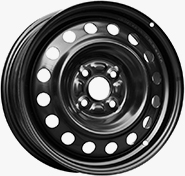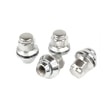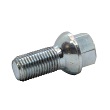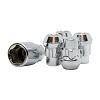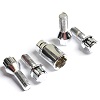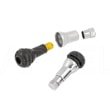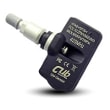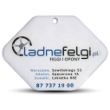Wheel tightening torque – why is it so important and how to do it correctly?

Most drivers treat changing a wheel as a simple process—loosen the bolts, change the tire, and tighten them "until it's tight." Unfortunately, this approach often results in serious problems: from warped brake discs to broken studs, to the wheel falling off while driving. Bolt torque isn't a textbook theory—it's a key parameter that determines your safety and the durability of your vehicle.
Anyone can experience the need to change a tire themselves—on the side of the highway, on the way to work, or in the parking lot. It's important to know how to do it correctly to avoid dangerous mistakes. In this article, we explain why torque is so important, provide a step-by-step guide to tightening bolts, and provide a torque table for the most popular car makes and models.
Why is wheel tightening torque crucial?
The tightening torque of wheel bolts or nuts is a parameter that directly affects driving safety, the durability of suspension components, and the comfort of the car's ride. Contrary to appearances, tightening by feel is not a good practice – too little or too much force can lead to serious problems.
❌ Too low tightening torque
If the bolts are not tightened enough, the wheel may not fit evenly on the hub. This can result in steering wheel vibration, uneven tire wear, and in extreme cases, loosening the bolts while driving and losing the wheel.
❌ Too much tightening torque
Overtightening the bolts can damage the threads in the hub or the bolt itself. It can also cause the brake disc to warp, resulting in a wobble in the steering wheel when braking. In this case, replacing the damaged components is an unnecessary expense.
✅ Even tightening
The bolts should always be tightened in the correct order (cross/star pattern), which ensures even adhesion of the rim to the hub and eliminates the risk of it being tilted.
That's why car manufacturers provide precise torque values in their owner's manuals for each model and rim size. Following these recommendations guarantees safety, longer wheel life, and avoidance of costly repairs.
Wheel tightening torque - value configurator for various brands and models
The "Most models" footnote covers most vehicles of this brand, for which the bolt torque is the same. Models listed separately are exceptions – for these models, the manufacturer has specified different torque values. A blank cell indicates that there is no factory data for that configuration.
What is wheel tightening torque?
Wheel bolt torque is the force with which the bolts press the rim against the hub. It is expressed in Newton meters (Nm) . This is not a random value – manufacturers calculate it to ensure maximum safety, avoid overloading the bolts and rims, and extend the life of suspension components. Importantly, values may vary depending on:
- screw diameter
- rim material (steel or aluminum)
- type of car (passenger car, SUV, delivery van)
Typical passenger cars require 100–140 Nm of torque, while larger SUV require up to 170 Nm.
How to measure torque - tools and practical tips
To properly tighten a wheel, a good grip and strong hands are not enough. A torque wrench is essential – a tool that allows you to precisely determine the required torque value.

Types of torque wrenches:
- Clicky - popular and cheap (100-200 PLN), they make a characteristic click when the value is reached.
- Electronic - more expensive, but with a display and greater accuracy.

❌ What not to do:
- Do not use tube-type extensions as it is easy to pull the screws through.
- Do not lubricate the threads (unless the manufacturer recommends otherwise).

Step-by-step instructions - correct wheel tightening
1️⃣ Place the car on a flat surface and secure it against rolling away.
2️⃣ Clean the surface of the hub and rim from dirt, rust and metal filings.
3️⃣ Hand-tighten all screws to avoid damaging the threads.
4️⃣ When pre-tightening, use a crosswise (star) pattern.
5️⃣ Set the torque wrench to the manufacturer's recommended value and tighten the bolts in the same order.
6️⃣ After driving 50–100 km, check the tightening of the bolts.
🚫 The most common driver mistakes
- Tightening by force will result in breaking the screws or damaging the threads.
- Failure to clean the hub causes the rim to wobble and the bolts to loosen.
- Air guns in service – uncontrolled torques overload screws.

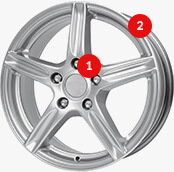

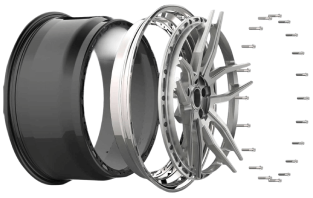
 Modern design
Modern design Perfect fit
Perfect fit High durability
High durability Free shipping within 24 hours
Free shipping within 24 hours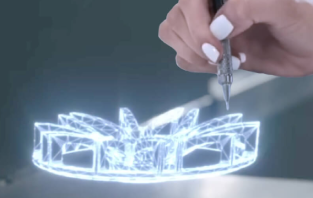
 Individual project
Individual project Dedicated caregiver
Dedicated caregiver